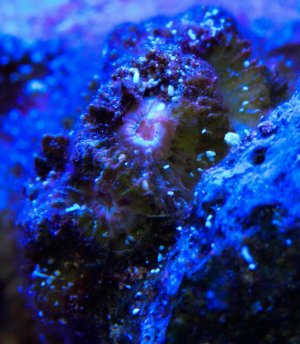BxS_Reefer217
New member
Just an update, my trumpet that was stung by my wall hammer has made a full recovery and is on the verge of splitting finally! Also seeing tissue inflation from my blasto too. Not a lot, but it's on it's way I'm hoping.
Mag and sal. Are still a little high, but on their way down. Don't want to lower them too quickly.
Also added a new welsophyllia that is doing wonderfully! It's my first one so I'm excited about that. Any advice on these is greatly welcomed. I've done plenty of research, but if anyone has any secret tips or anything that would be fantastic, thanks!
Hope all are well! Love this forum and especially this thread! Happy 3rd birthday!
Mag and sal. Are still a little high, but on their way down. Don't want to lower them too quickly.
Also added a new welsophyllia that is doing wonderfully! It's my first one so I'm excited about that. Any advice on these is greatly welcomed. I've done plenty of research, but if anyone has any secret tips or anything that would be fantastic, thanks!
Hope all are well! Love this forum and especially this thread! Happy 3rd birthday!










